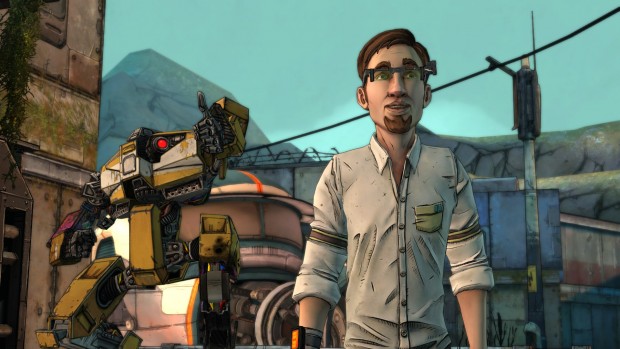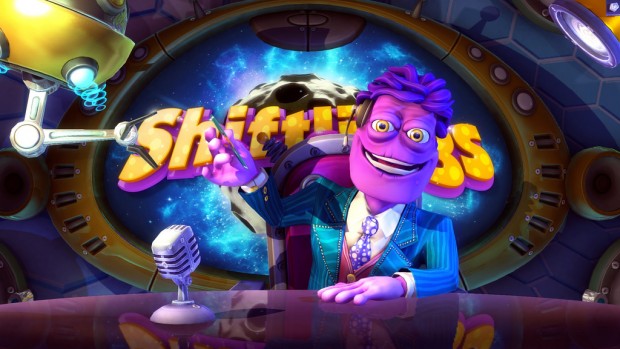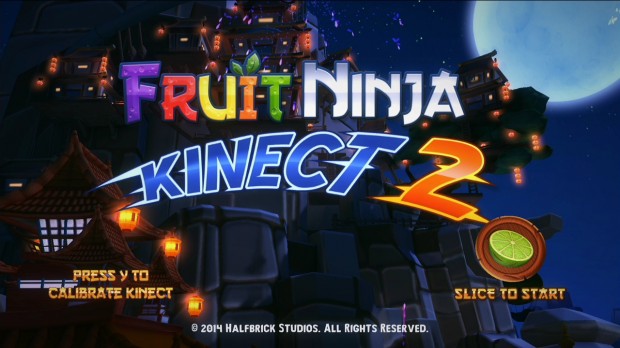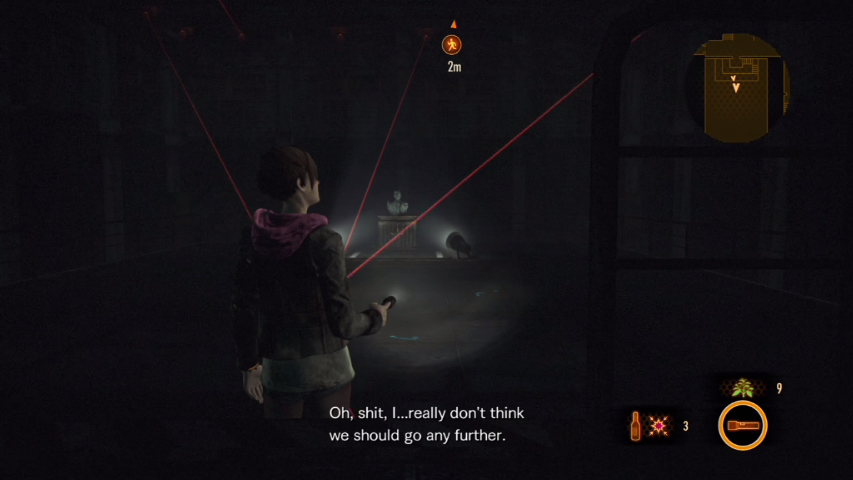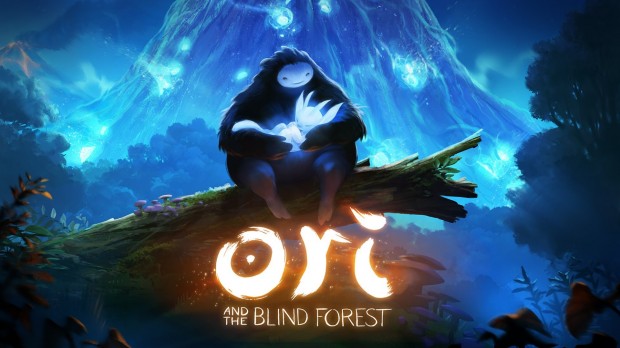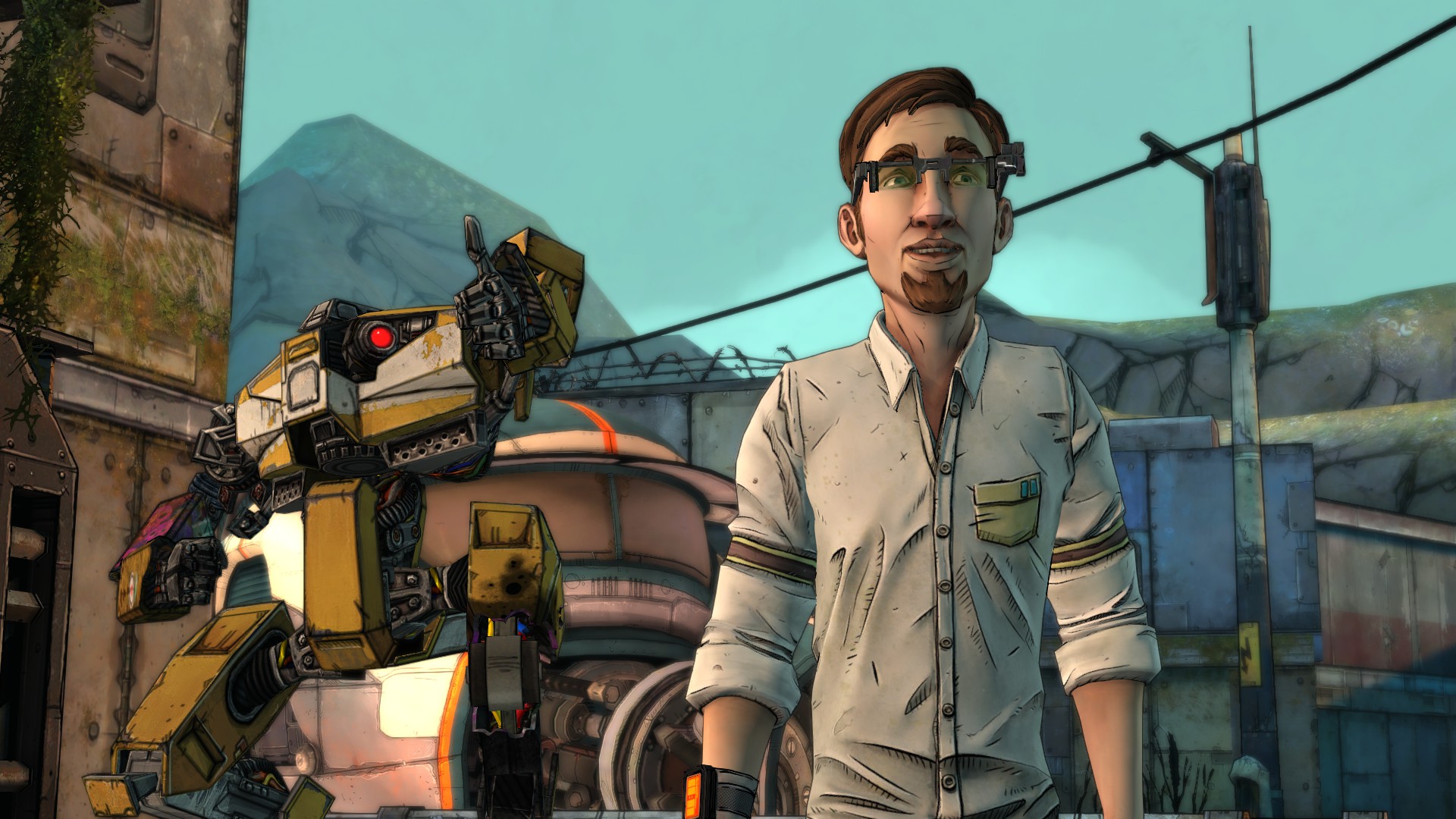 11 years ago
11 years ago
Tales from the Borderlands Episode 2: Atlas Mugged review (XBLA)
Tales from the Borderlands: Atlas Mugged developed by Telltale Games and published on Xbox 360 and Xbox One by 2k Games. It was released March 18, 2015 for $4.99. A copy was provided by Telltale for review purposes.
Atlas Mugged happens to be a big milestone for Telltale Games: this is their 100th episode across all series.
Atlas Mugged shows that Tales from the Borderlands is here to stay by continuing a precedent of uber-awesomeness. It delivers more great performances, more laugh-out-loud moments, more crazy action sequences and more Loaderbot. It’s more Tales from the Borderlands, and boy is that a wonderful thing.
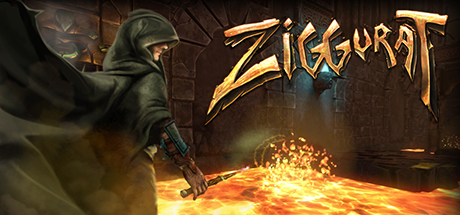 11 years ago
11 years ago
Ziggurat review (Xbox One)
Ziggurat was developed and published by Milkstone Studios on Xbox One. It will be released on March 20, 2015 for $14.99. A copy was provided by Milkstone Studios for review purposes.
Ziggurat is best described as a Heretic style rouge-like first person dungeon crawler. That is certainly a mouthful of genres all stacked together, but the experience is a unique mix. Like most Rogue-like games, you are going to die many times in a series of trial an error encounters, which is exactly as the game intends. In Ziggurat each time you die, you are generally given a few cards that will be able to be found in your following adventures. Ziggurat features a number of various unlockable characters and items, all of which are displayed on cards you gain as you play.
The game itself plays like a mix between Heretic, Doom, and Diablo. There are various rooms to traverse, and each room contains a chance to battle either monsters, overcome traps, or partake in jumping puzzles. The creatures drop mana, life, and experience, all which are needed to further progress your hero. Generally, loot is found at the end of a large encounter or set of traps, and often after boss fights. Each level has a similar formula of many rooms with encounters, a room with a key to the boss portal, and then of course a boss fight. The difficulty increases as you progress through each level, and eventually you can beat the game with one final boss fight.
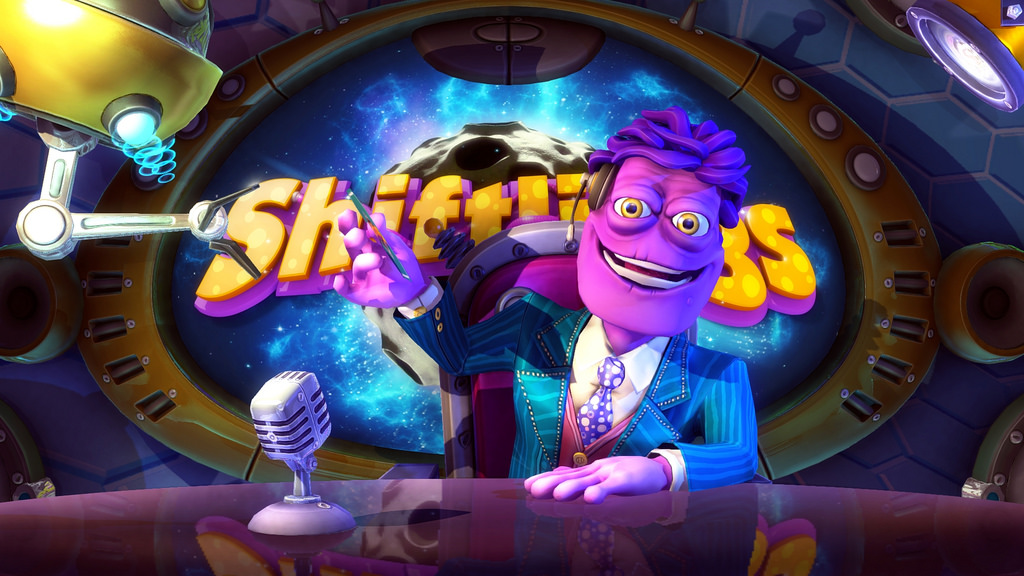 11 years ago
11 years ago
Shiftlings review (Xbox One)
Shiftlings was developed by Rock Pocket Games and published by Sierra. It was released on March 4, 2015 for $14.99. A copy was provided for review purposes.
The Xbox One is already home to an increasingly diverse range of game genres thanks to the ID@Xbox initiative, and it’s encouraging to see even crazier games like Shiftlings adding to the rich catalogue that already exists. Essentially, Shiftlings builds upon the existing range of puzzle-platformers by adding a unique twist on cooperative play along with stunning cartoon graphics and a slightly dark sense of humour.
Shiftlings is a game about two unfortunate aliens who happen to perform maintenance duties across a range of space installations whilst being watched by a reality TV audience. Why, you might ask, would anyone want to watch the Shiftlings at work? Well, apparently because the hazards involved in performing space installation maintenance are many, varied and often hilarious. The hilarity for the TV audience is presumably heightened by the fact that both Shiftlings are connected to each other via a pipe — a fact that plays a key role in the gameplay for us as players. The question is, can the beautiful visuals, strong humour and lure of cooperative play overcome the inherent challenges and frustrations that not arise in all puzzle-platformers, but also those that are specific to Shiftlings (such as the fact that both characters are literally connected throughout)?
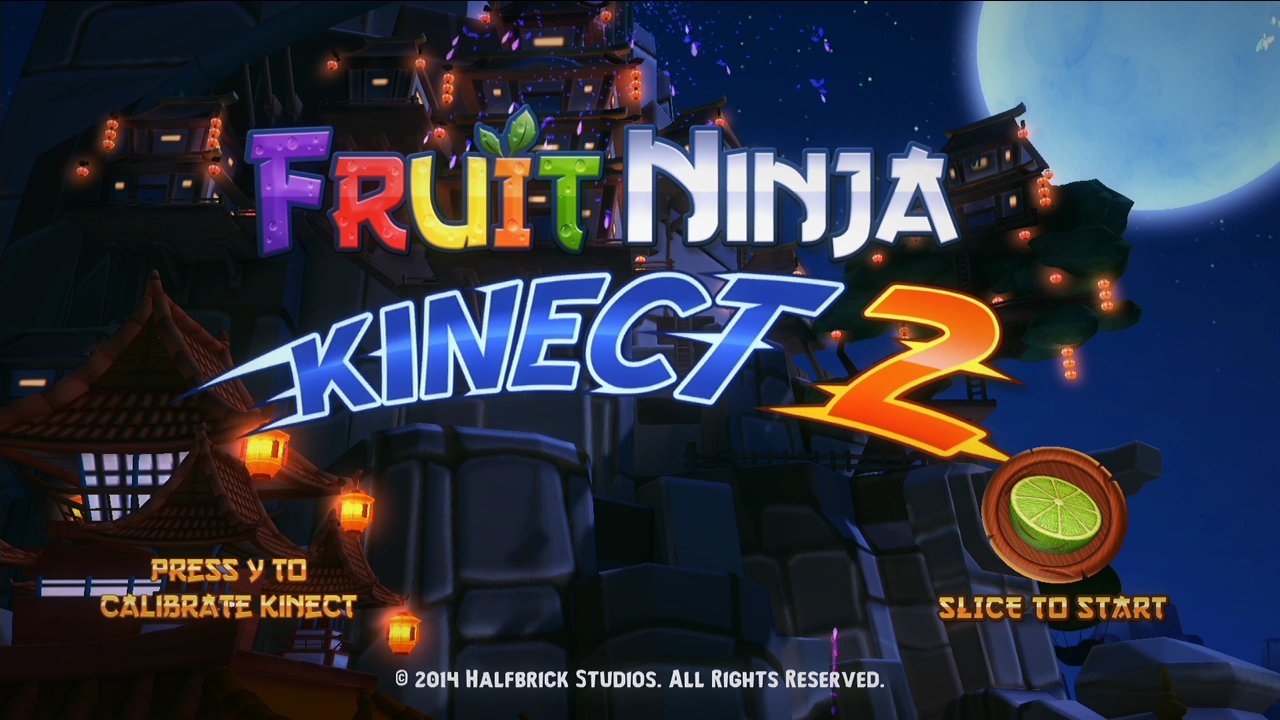 11 years ago
11 years ago
Fruit Ninja Kinect 2 review (Xbox One)
Fruit Ninja Kinect 2 was developed and published by Halfbrick Studios. It was released on March 17, 2015 for $14.99. A copy was provided by Halfbrick Studios for review purposes.
Who knew fruit could be so fun? Fruit Ninja Kinect 2 is the follow-up to the popular Fruit Ninja Kinect on Xbox 360. As an avid Xbox 360 Kinect user experienced with games such as The Gunstringer and Steel Battalion: Heavy Armor, I was used to the usage and limitations on the last-gen device. Fruit Ninja Kinect 2 was my first Xbox One Kinect-only game (Blue Estate being my first Xbox One Kinect-optional game), so I was eager to experience it.
The gameplay is very simple. Slice, dice, chop and cut up fruit to gain high scores. Along the way, different obstacles will attempt to impede your path to success. With the power of Kinect, players will feel like they are in the moment on screen and look good in the process. But can such a simple concept carry a second game in this franchise?
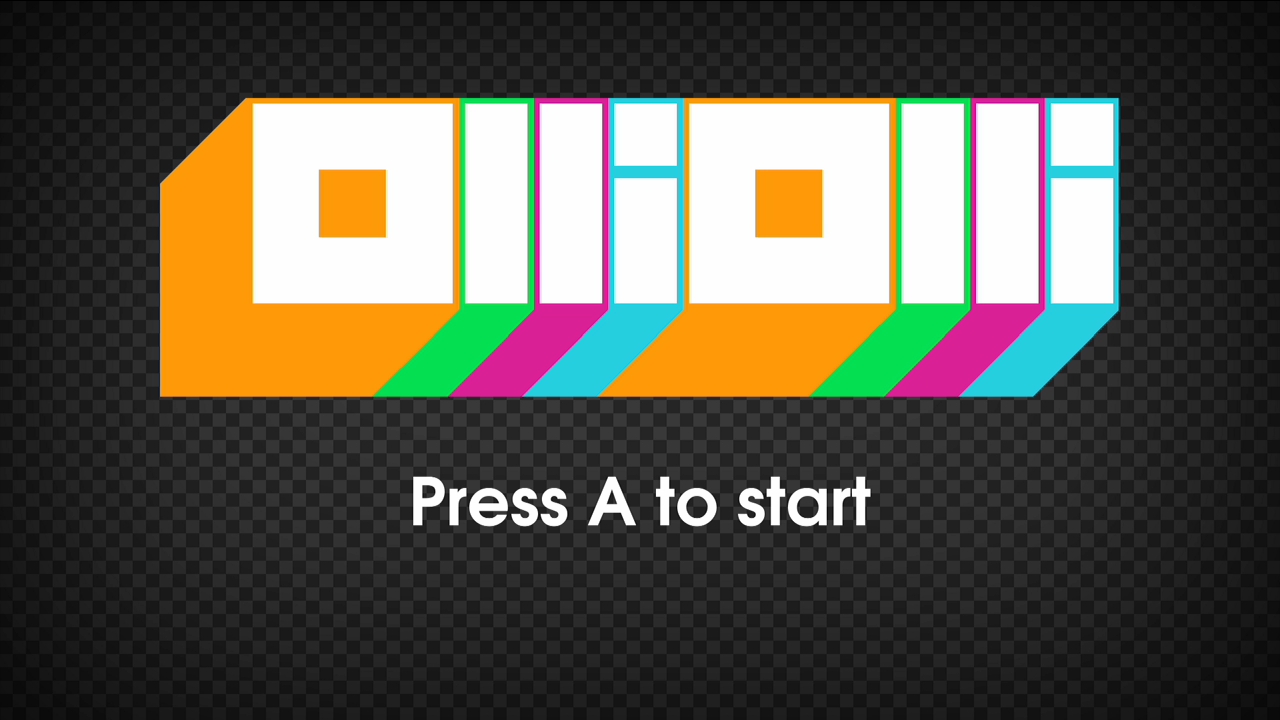 11 years ago
11 years ago
OlliOlli review (Xbox One)
OlliOlli was developed by Roll7 and published by Curve Digital on Xbox One. It was released on March 6, 2015 for $8.49 for Xbox Live Gold members and will be $9.99 once the release sale ends. A copy was provided by Curve Digital for review purposes.
OlliOlli is an endless runner skateboarding game that prides itself on using buzz words like “rad” and “sick.” It’s not a mixed bag of tricks, though. With no story and no multiplayer except for limited leaderboard options, there is only one thing to do: perform gnarly stunts and survive levels.
As a forewarning, the graphics are very underwhelming and are border on what might be considered the bare minimum to get by. So much so that when OlliOlli was demonstrated in front of a live audience, multiple people were quick to judge it as a “bad game,” in PG terms, for its graphics alone. Graphics shouldn’t define a game in a negative fashion, though: it’s entirely possible to have a beautiful-looking game and still be unpleasant to play. The inverse is also true; a game can be very basic and still be incredibly fun. Besides, graphics often don’t age well. How will a person look at current modern graphics in 10-20 years from now? Likely not as favorably as they do today. With that out-of-the-way, let’s get started on the features.
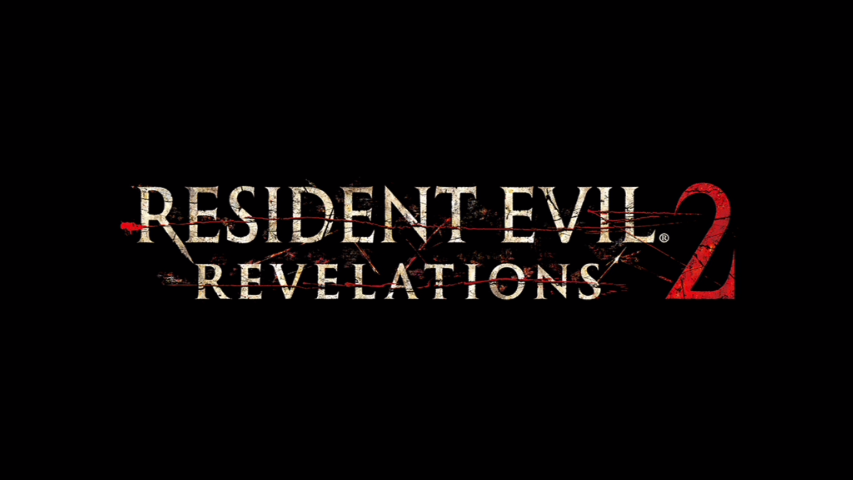 11 years ago
11 years ago
Resident Evil Revelations 2 Episode 3: Judgment review (Xbox One)
Resident Evil Revelations 2: Judgment was developed and published on Xbox One and Xbox 360 by Capcom Entertainment Inc. It was released on March 10, 2015 for $5.99. XBLA Fans’ Michael Cheng purchased a copy out of pocket for review purposes.
Resident Evil Revelations 2 Episode 3: Judgment takes players on a ride that includes more action, more action puzzles, more explosions and more ways to die. Players may notice that one or more of this episode’s sections feel like a tribute to the older games in the series.
Claire’s campaign starts off with Claire finding a message left by a character from Episode 2 to go to a factory nearby. Through a series of wild events, players are taken through a few factories, the sewers and eventually into the interior of the island tower before climaxing at the game’s first major non-optional boss fight. Judgment contains more action puzzles than the first two episodes combined, and on the first playthrough, players can easily die if they don’t think on their feet. It’s nice to finally see a real boss fight this time around. A word of warning to streamers using the Twitch app on Xbox One, though: although you can stream the actual boss fight itself, the scene after that is blocked and will show the Twitch pause screen until you reach the result screen. Very disappointing.
Barry’s campaign continues on from the encounter at the end of Contemplation. After the cut-scene plays out, the player starts off in a drained version of the sewers in Claire’s campaign before heading to a deserted mining facility. This segment tries something different: sending the player on an extended fetch quest involving carrying a cube from one location; dropping it on a conveyor belt to be transferred; and repeating a few times before it eventually reaches its destination. Some players may not like the duration of this fetch quest, myself included. It was tolerable the first time and a major annoyance on every subsequent playthrough.
 11 years ago
11 years ago
LA Cops review (Xbox One)
LA Cops was developed by Modern Dream and was published by Team17. It was released on March 13, 2015 on Xbox One for $14.99. A copy was provided for review purposes.
 Back in the day, in larger cities, it is said that the only places open 24 hours a day were diners and small cafes. How people survived, I do not know. These eateries would offer coffee and a doughnut to the beat cops patrolling their neighborhood late at night – thus the connection, and the numerous jokes, between policeman and doughnuts was established. When LA Cops releases on Xbox One, every gamer will have 24/7 access to one of the more interesting and humorous games to be released in recent memory.
Back in the day, in larger cities, it is said that the only places open 24 hours a day were diners and small cafes. How people survived, I do not know. These eateries would offer coffee and a doughnut to the beat cops patrolling their neighborhood late at night – thus the connection, and the numerous jokes, between policeman and doughnuts was established. When LA Cops releases on Xbox One, every gamer will have 24/7 access to one of the more interesting and humorous games to be released in recent memory.
In LA Cops, you select and control two separate policemen – and/or policewomen – out of a group of six, and set out upon 13 highly tactical missions to take back control of the streets and lower the crime rate in Los Angeles. From hostage rescues to bank robberies to drug busts, you will be using one detective to cover the other, moving forward though the levels to complete the objectives. This will take some trial and error, as the bad guys make every effort to take you and your partner down.
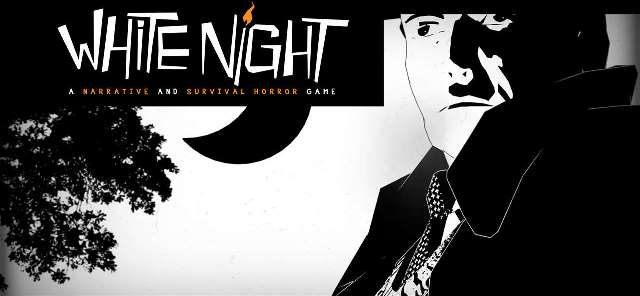 11 years ago
11 years ago
White Night review (Xbox One)
White Night was developed by OSome Studios and published by Activision on Xbox One. It was released on March 6, 2015 for $14.99. A copy was provided by Activision for review purposes.
It’s so hard to dislike a game as beautiful as White Night. The stark, completely black and white visuals not only look gorgeous but are far more than just a gimmick, actually adding to the dread and atmosphere of this haunted house game. But, unfortunately, White Night just not very fun.
After making it through the first two chapters, I had finally had enough of the frustration and was pretty much ready to throw in the towel. I pushed through begrudgingly, but there are only so many random, pointless ghost deaths a man can handle before losing interest in what started out as such a cool game.
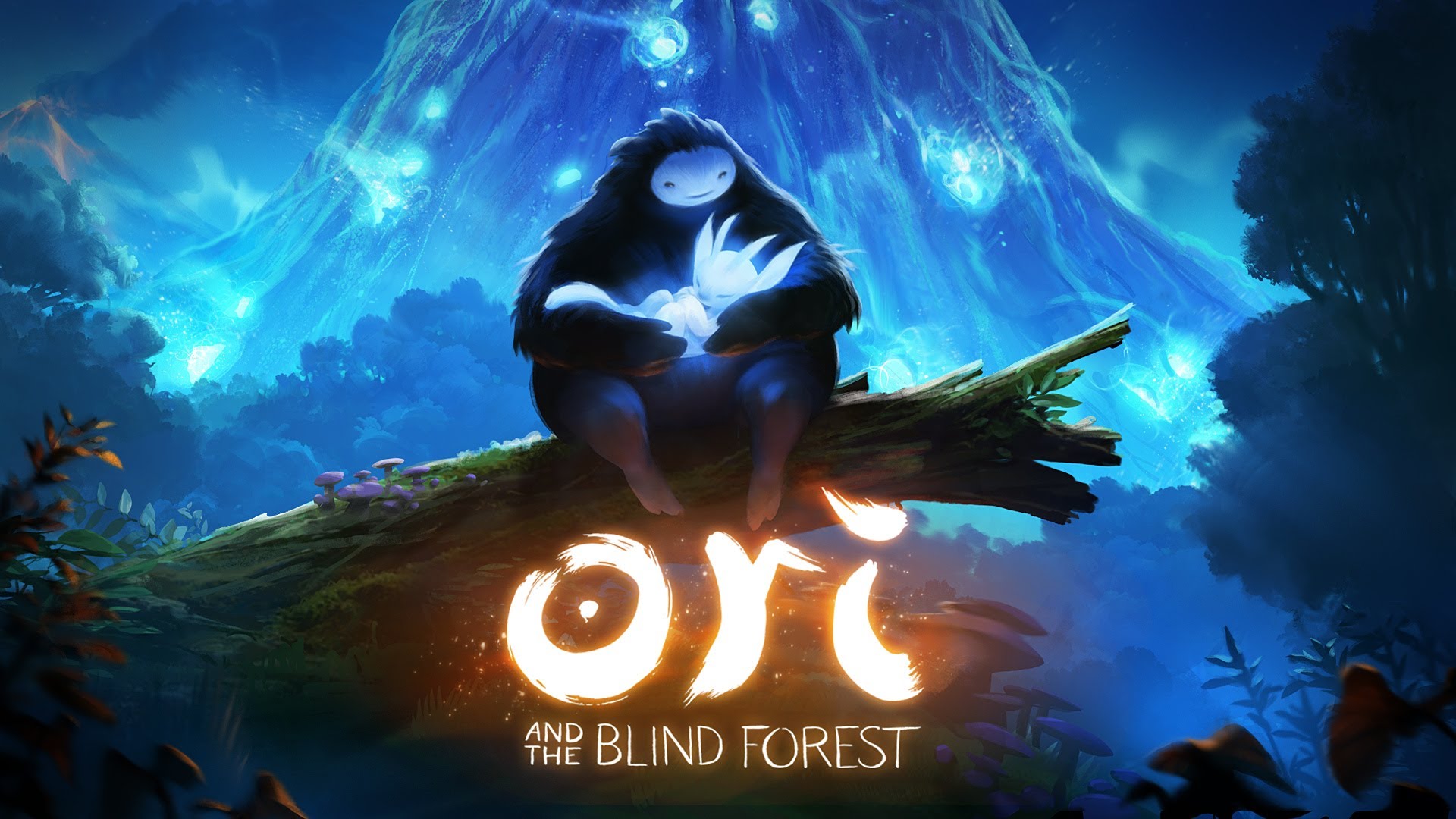 11 years ago
11 years ago
Ori and the Blind Forest review (Xbox One)
Ori and the Blind Forest was developed by Moon Studios and published on Xbox One by Microsoft Studios. It will be released on March 11, 2015 for $19.99. A copy was provided for review purposes.
If I’m ever asked sum up Ori and the Blind Forest in just a few words, I’ll undoubtedly describe it as beautiful, sorrowful, thought-provoking and magical, but it’s also a game which offers a stiff challenge that stretches across a vast and diverse range of environments and offers a lot of replay value. In fact, I’d have to say that Ori is one of the best games I’ve played in a long time and it may even be one of my favourite games ever, despite belonging to a subgenre of platform games of which typically I’m not a fan.
Although Ori is basically a platform game with RPG-lite elements, it features a system of advancement through the unlocking of new and different abilities – double jumping, air-dashing and so on which in turn allow access to previously unreachable areas. This style of game is traditionally likened to Metroid and Castlevania, but due to its graphical leanings and wonderful musical score, Ori is perhaps most alike to Dust: an Elysian Tale among its peers.
As a reviewer, I’m duty bound to tell you what genre a game belongs in, or how it looks and how long it is, but the truth is that Ori is one of those special kind of games that works hard to set itself apart (and boy does it succeed) because almost everything comes together perfectly to create a tight and eminently enjoyable experience which allows it to sit aside from similar games and perhaps even redefine the accepted norm.
 11 years ago
11 years ago
Roundabout review (Xbox One)
Roundabout was developed and published by No Goblin on Xbox One. It was released on February 20, 2015 for $14.99. A copy was provided by No Goblin for review purposes.
Where do I begin when reviewing Roundabout? The absolutely ridiculous ’70s B-Movie FMV cut-scenes? The insane gameplay? The bonkers music and voice acting? Or maybe with the fact that when I beat the game I was at 29 percent completion — not even 30! Roundabout is an almost review-proof game, but I’m going to try.
In Roundabout, you play as Georgio (of course, played by a woman, because why not), a limo driver who can’t seem to stop spinning. The game has a top-down point of view, and an open world in which you pick up people who need you to take them places and complete wacky objectives. It’s like a cross between Crazy Taxi and the old top-down Grand Theft Auto games — except you can’t stop spinning, which turns everything into a game of figuring out how to maneuver without blowing up.

